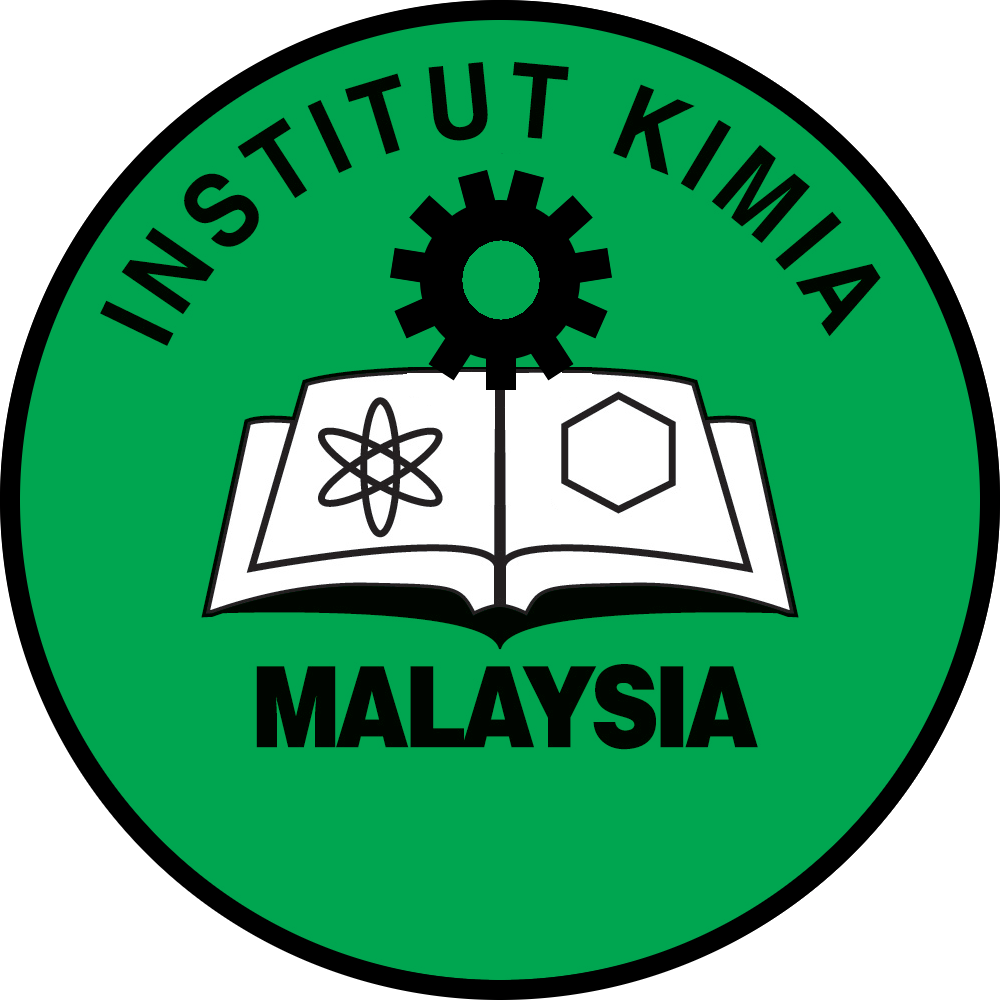Exploring the Metabolites of Boesenbergia plicata from Pulau Tuba: A Dereplication Approach
DOI: https://doi.org/10.55373/mjchem.v27i1.74
Keywords: Boesenbergia plicata; Sirius; epi-loliolide; loliolide; Zingiberaceae; dereplication
Abstract
Boesenbergia plicata (Zingiberaceae) or “wild ginger” can be exclusively found in limestone rainforest, Pulau Tuba, Langkawi, Malaysia. To date, no chemical constituent has been reported from this plant. Thus, this research was conducted to explore the metabolites present in this unique plant for future pharmacological assessments. A dereplication strategy was implemented for metabolite annotation. The dried leaves and stems of B. plicata were macerated in hexane, dichloromethane, and methanol, and concentrated at 40°C. The dichloromethane extracts of the stems and leaves of B. plicata were introduced into a solid-phase extraction (SPE) column, before being profiled using ultra-high-performance liquid chromatography (UHPLC) and mass spectrometry. This was followed by database export, database building, and metabolites processing using Sirius software. A total of 27 and 19 metabolites were detected in the B. plicata leaves and stems, respectively. The selected metabolites in the leaves part were targeted for isolation work. The leaf extract was introduced into the Sephadex column, medium-pressure liquid chromatography (MPLC), preparative HPLC, and recycling HPLC. Two metabolites namely epi-loliolide (1) and loliolide (2) were isolated and characterized. The purification of the metabolites validated this dereplication technique. Future work on the bioactive metabolites from the plant is warranted.
